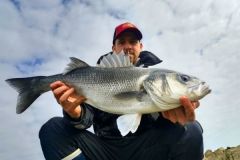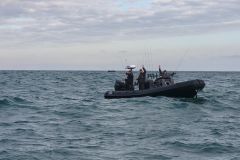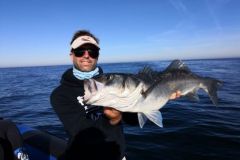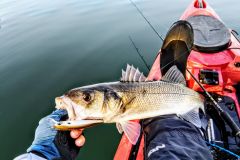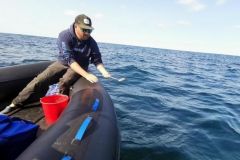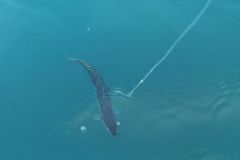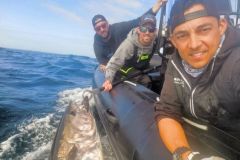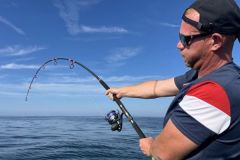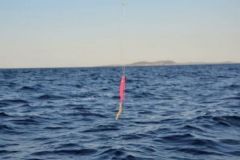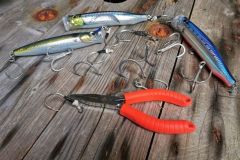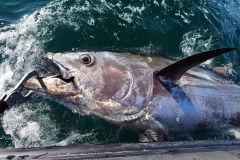When fishing for bluefin tuna, the slightest detail can lead to breakage and consequently to the loss of your fish, sometimes after tens of minutes or hours of fighting. So it's essential to leave nothing to chance if you want a reliable rig and the most natural presentation possible.
A circle hook
When fishing with livebait, although you can use conventional hooks, I recommend you use a circle hook (self-sharpening hook) to hook the fish at the corner of the mouth, thus ensuring that you can release your catch without risk of injury. A strong 7/0 iron hook is a good choice, on which you can place a mackerel or horse mackerel as bait.
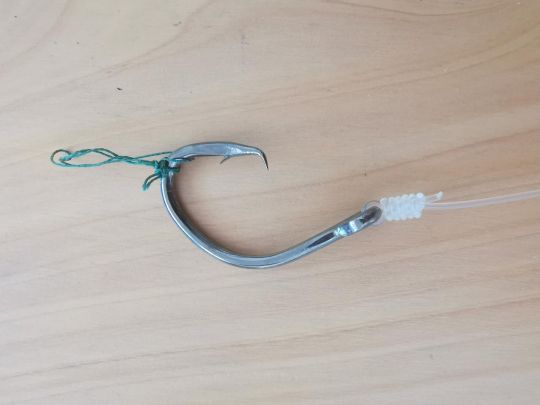
Fluorocarbon leaders
For maximum discretion and freedom of movement, your hook will be preceded by a fluorocarbon leader of 150 to 200 lbs strength and 7.50 m to 10 m in length. This long leader will also enable you to line the tuna at the end of the fight.

A rolling swivel
The rolling swivel, i.e. one fitted with ball bearings, is a key element in your rig. One of the major causes of braid breakage in prolonged combat is twisting. For this reason, a swivel should be inserted between your leader and line body to allow for a high degree of rotation and thus limit braid twisting. A swivel resistance of 300 lbs is ideal and in harmony with the rest of your rig.
Depending on the current and wind conditions, you can also attach a 40 to 100 gram pear-shaped sinker to your line with a rubber band or small clip to keep your fish at the chosen depth.
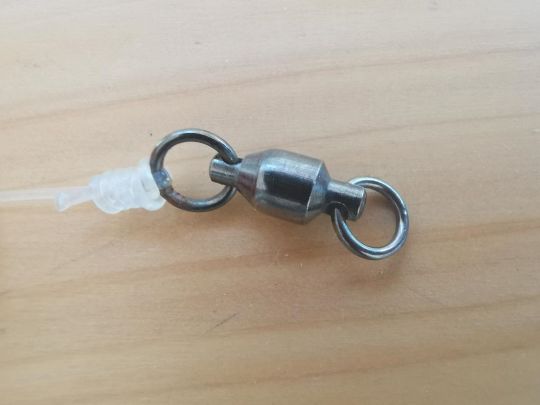
The line body
In Brittany, for example, the average bluefin tuna caught weighs 80 to 100 kg and can exceed 250 kg! So your rod must be of a suitable power for the braid you're going to use, i.e. a PE10 (52/100) or PE12 (57/100), i.e. a resistance of 130 to 150 lbs.
The braid will then be connected to a 5 to 7.50 m nylon or hybrid (nylon + fluorocarbon) leader, generally sold under the term "shockleader", weighing 150 to 200 lbs, by a fG node .
The use of a shockleader is a must, as it will add elasticity to your set-up and act as a shock absorber during the fight.
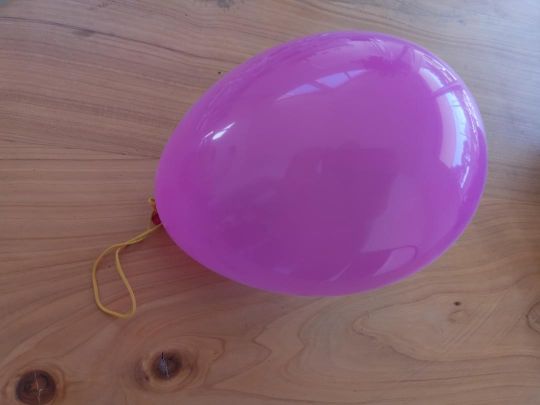
The float
If you have a large livebait and need to distinguish your float in rough seas, use a balloon as a float. Once inflated, attach it to your braid with a rubber band at a distance of 15 to 20 metres above your fish. Ideally, your fish should be just above the thermocline, the transition zone between warm and cold water. The thermocline is sometimes clearly visible on a depth sounder, and in summer is usually around 20 metres deep in southern Brittany.

 /
/ 




